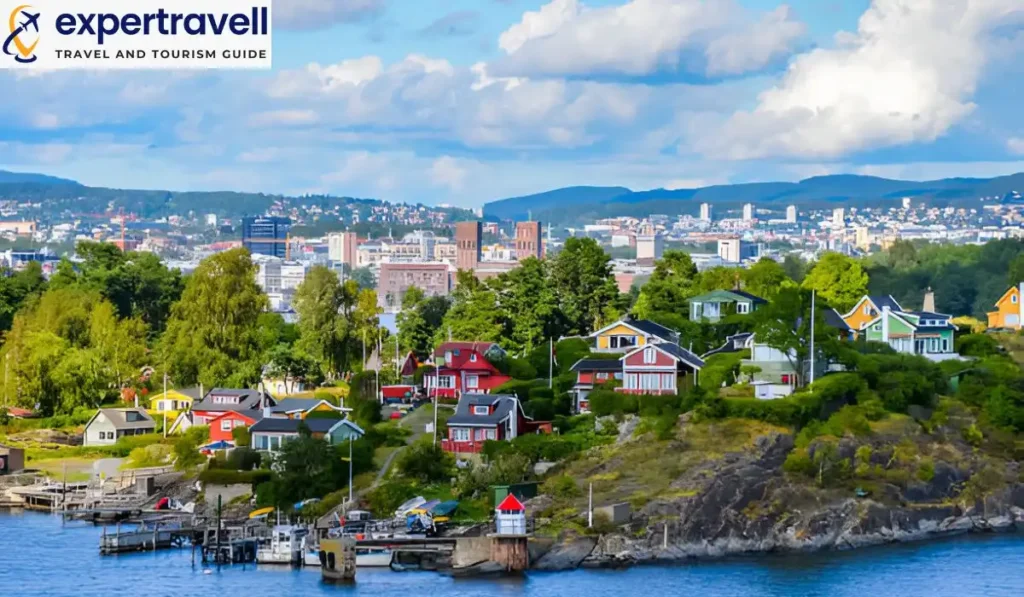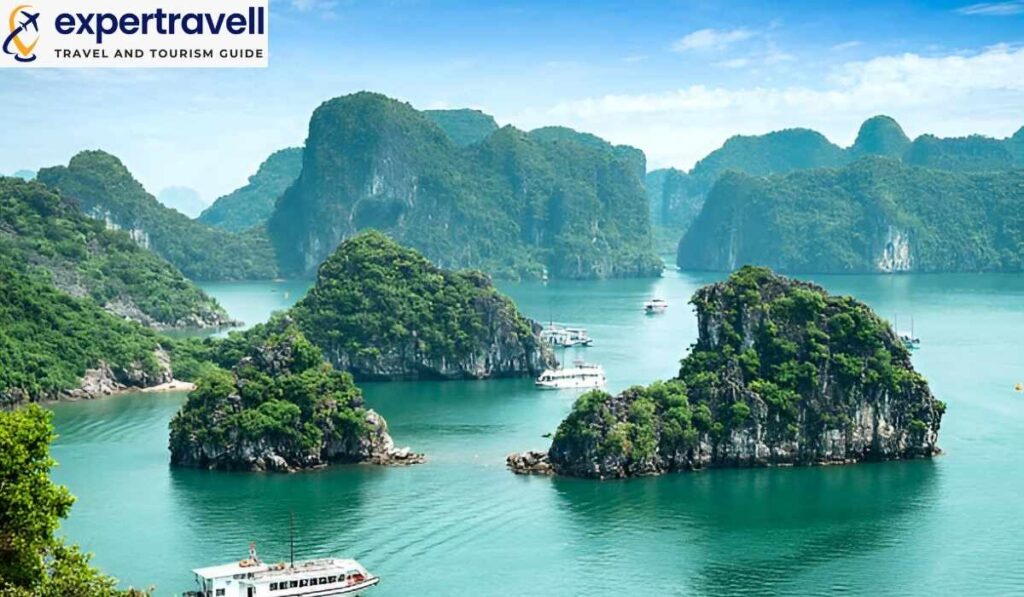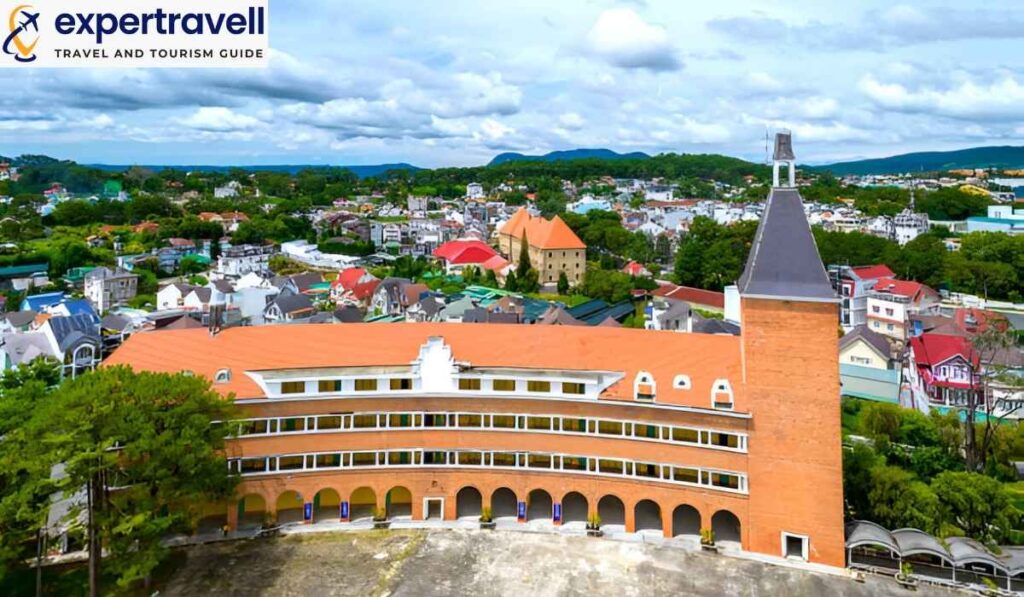Oslo, Norway’s capital, offers a mix of urban charm and natural beauty. The city sits at the head of the Oslo Fjord, blending modern architecture with historic sites. Visitors can enjoy museums, parks, and cultural attractions in the compact city center.
Top things to do in Oslo include exploring the Viking Ship Museum, strolling through Vigeland Park, and taking a ferry to the Oslo Fjord islands. These activities showcase Norway’s rich history and stunning landscapes. The Bygdøy Peninsula houses several national museums, making it a must-visit area for culture enthusiasts.
For those interested in the North Atlantic, Oslo serves as a gateway to learn about maritime history and polar expeditions. The Fram Museum displays the ship used in Arctic and Antarctic explorations, offering insights into Norway’s seafaring past. With its blend of nature and culture, Oslo provides a unique Scandinavian experience for travelers, making it one of the best places to travel for beginners.
Best Time To Visit Oslo, Norway
The best time to visit Oslo depends on your preferences. Summer (June to August) is the most popular season, offering long daylight hours, warm temperatures, and a vibrant atmosphere with outdoor festivals and activities. It’s perfect for exploring Oslo’s parks, fjords, and cultural sites. For fewer crowds and pleasant weather, spring (April to May) and fall (September to October) are great options, with blooming flowers in spring and stunning autumn colors in fall. Winter (November to March), on the other hand, is ideal for winter sports enthusiasts, offering skiing and cozy indoor experiences like museums and Christmas markets. Each season in Oslo offers something unique to enjoy.
Why Oslo Should Be On Your Travel List
Oslo, Norway’s capital, offers a perfect mix of urban culture and natural beauty. Visitors can explore world-class museums, easily accessible with the Oslo city pass, and enjoy outdoor activities like hiking and skiing in nearby forests and fjords. The city is known for its sustainability, with eco-friendly public transport and green spaces like Vigeland Park. Oslo’s vibrant culinary scene blends traditional Norwegian dishes with international cuisine. The city’s architecture is a striking mix of historic and modern, including the Oslo Opera House and Akershus Fortress. Safe and welcoming, Oslo provides a memorable experience for all travelers.
Explore Oslo’s Iconic Landmarks
Oslo boasts several famous landmarks that showcase its rich history and culture. These sites offer visitors a glimpse into Norway’s royal heritage, medieval past, religious traditions, and modern governance. For those with more time, exploring Stavanger, Norway or spending one day in Flåm can further enrich your experience of Norway’s diverse landscapes and vibrant culture.
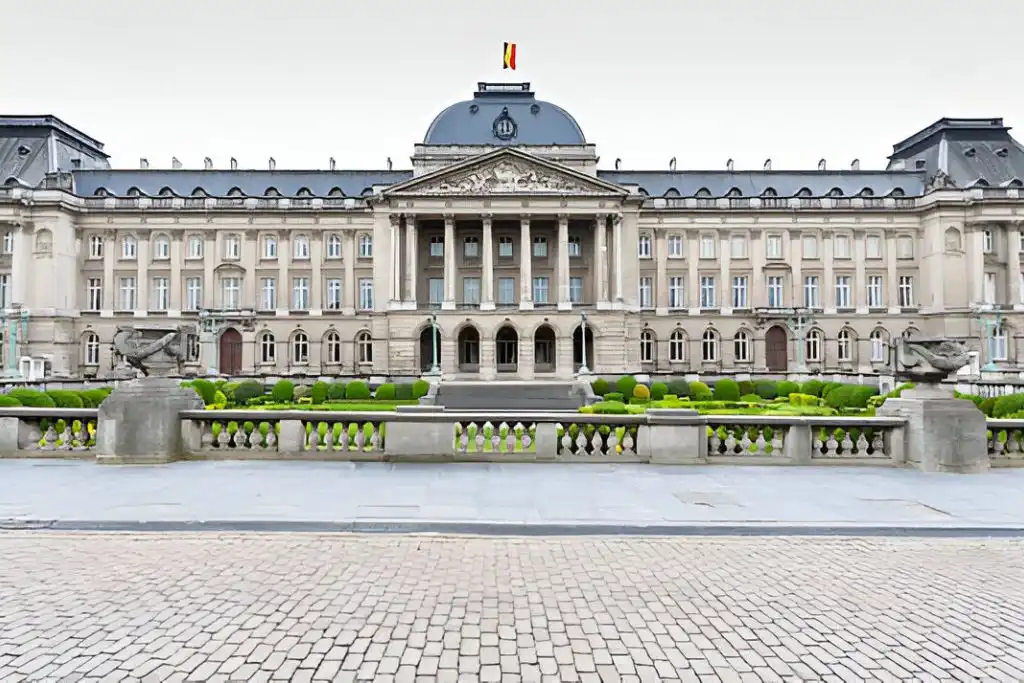
The Royal Palace
The Royal Palace is the official residence of the Norwegian monarch, located at the end of Karl Johans gate. Visitors can tour the palace during summer, exploring state rooms and royal apartments. The Changing of the Guard happens daily at 1:30 PM, and the surrounding palace gardens are open year-round for public enjoyment.

Akershus Fortress
Akershus Fortress overlooks Oslo’s harbor, a medieval castle from the 13th century. Visitors can explore the grounds for free, with panoramic views of the fjord. Inside, you’ll find the Norwegian Resistance Museum and Norwegian Armed Forces Museum. In summer, the fortress hosts open-air concerts.
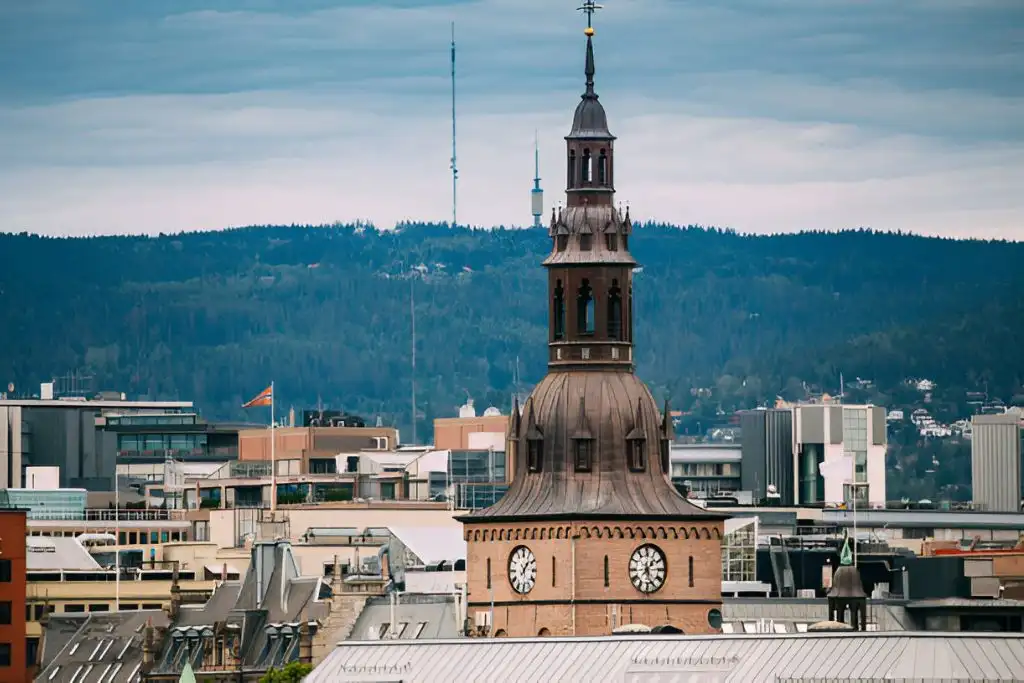
Oslo Cathedral
Oslo Cathedral, a 17th-century landmark, features stunning stained glass windows and baroque design. It hosts regular services, concerts, and cultural events. The small plaza in front offers a peaceful place to relax in the city center.
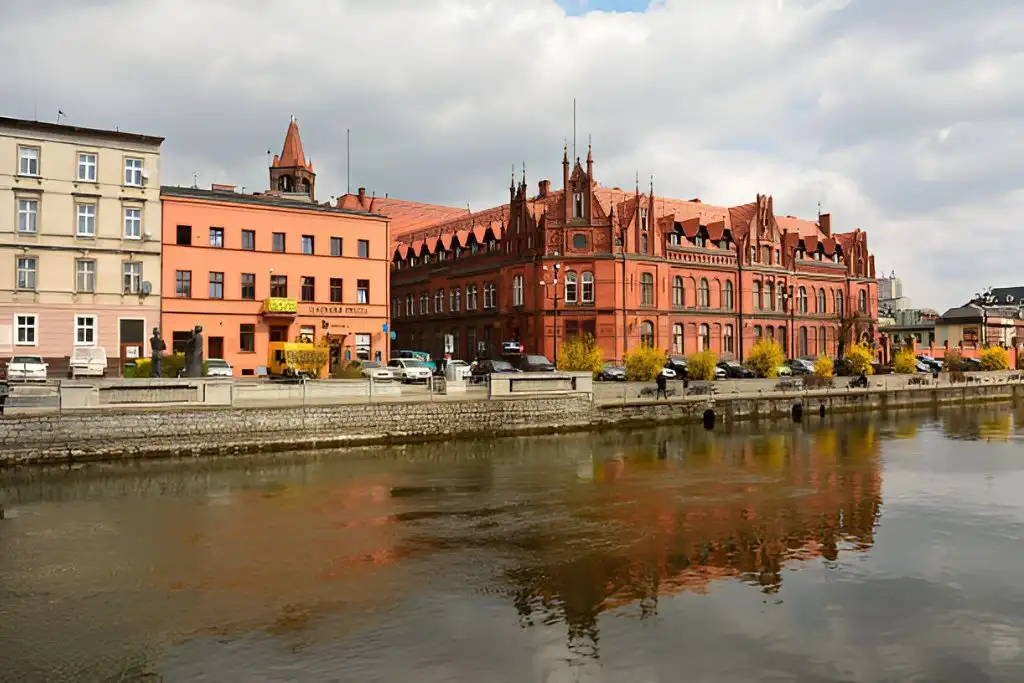
City Hall (Rådhuset)
Oslo’s City Hall, known for its red brick facade and twin towers, hosts the Nobel Peace Prize ceremony each December. Inside, visitors can admire murals depicting Norwegian history. Free guided tours are available in summer, offering a closer look at the building’s architecture.
Dive Into Oslo’s Museums And Cultural Scene
Oslo boasts world-class museums that showcase Norway’s rich history and artistic heritage. These cultural institutions offer visitors a deep dive into Viking lore, famous artworks, and traditional Norwegian life.

Munch Museum
The Munch Museum is a must-visit for art lovers, housing the largest collection of Edvard Munch’s works, including “The Scream.” The 13-floor building overlooks the Oslo Fjord and contains over 26,000 artworks, with interactive exhibits and guided tours available to explore Munch’s life and art.
National Gallery
The National Gallery is Norway’s largest art museum, featuring both Norwegian and international art from the mid-19th century to 1950. It showcases works by J.C. Dahl, Monet, and Picasso, with a highlight being an 1893 version of Munch’s “The Scream.”
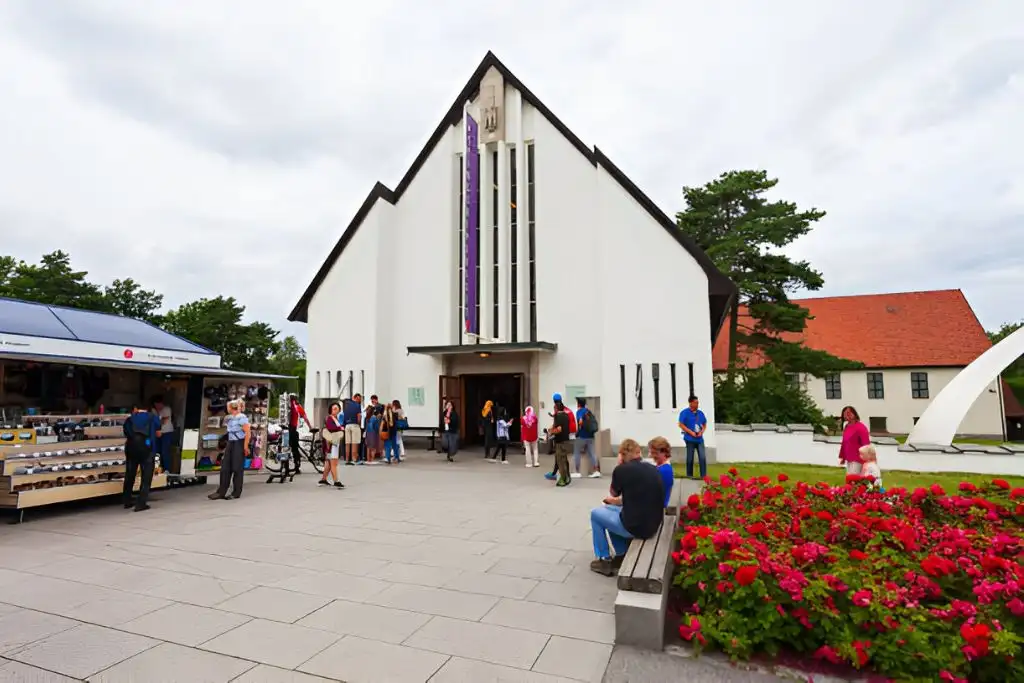
Viking Ship Museum
The Viking Ship Museum offers a glimpse into Norway’s Viking heritage, displaying three well-preserved 9th-century Viking ships, including the intricately carved Oseberg ship. The museum also features artifacts and interactive displays about Viking shipbuilding and seafaring.
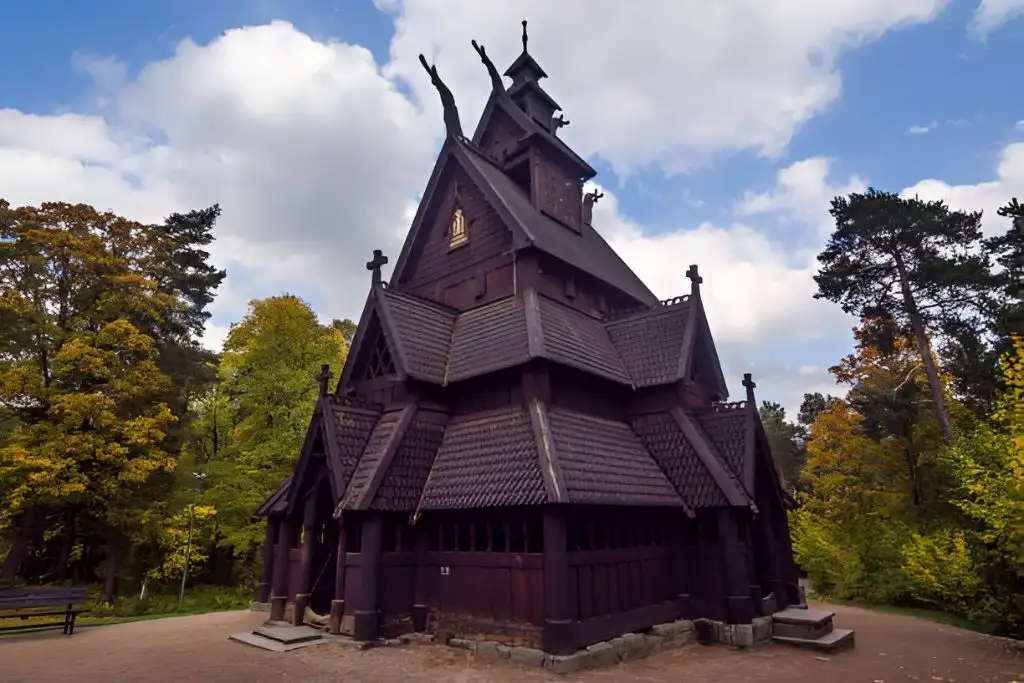
Norsk Folkemuseum
The Norsk Folkemuseum is an open-air museum with over 160 historic buildings, including a 13th-century stave church and a 1950s apartment. Visitors can explore traditional Norwegian life, with staff in period costumes demonstrating crafts during summer events.
Unveiling The Rich History Of Oslo
Oslo, Norway’s capital, has a rich history dating back to its founding in 1040 by King Harald Hardrada. As a constitutional monarchy, Oslo is home to the royal family and serves as the seat of government. The city has seen Danish and Swedish rule, becoming Norway’s capital in 1814 after gaining independence. Oslo hosts the annual Nobel Peace Prize ceremony and proudly displays its Viking heritage at the Viking Ship Museum. Today, Oslo blends modern architecture with historical landmarks, offering visitors a glimpse into its evolving past through museums and historical sites.
Discover Oslo’s Natural Beauty
Oslo offers stunning natural landscapes and outdoor spaces. The city blends urban life with nature, providing visitors unique experiences in parks, fjords, and gardens.
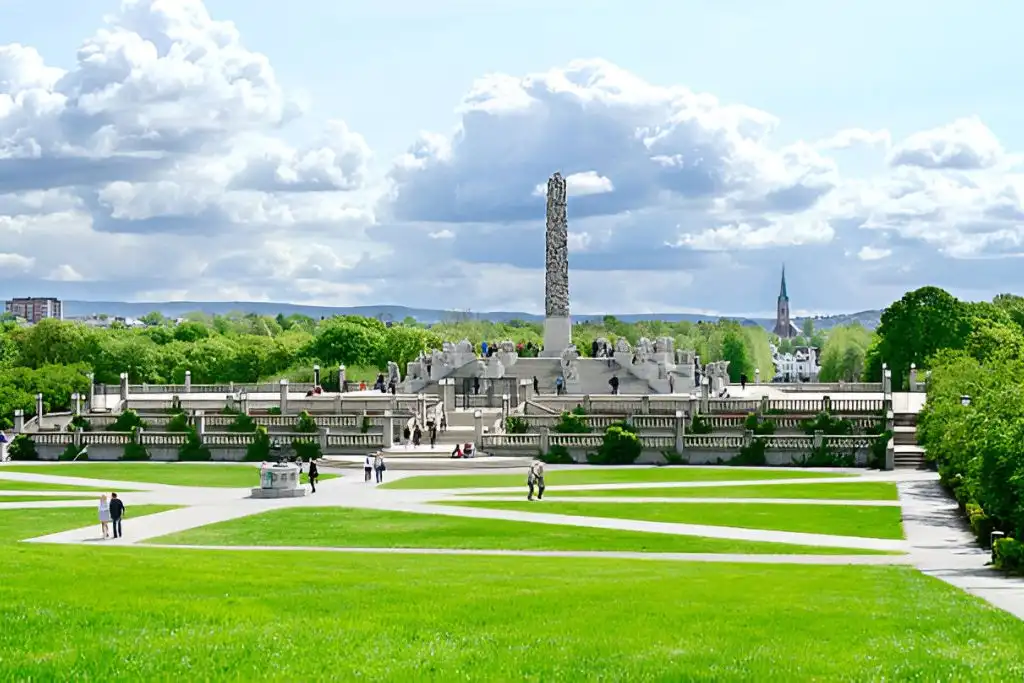
Frogner Park & Vigeland Sculpture Park
Frogner Park is Oslo’s largest park and home to Vigeland Sculpture Park, featuring over 200 sculptures by Gustav Vigeland. The park’s highlights include the Monolith and the famous Angry Boy statue. Besides art, it offers green spaces for picnics, jogging, and a summer swimming pool. Entry is free year-round.
Oslofjord
The Oslofjord is a stunning natural attraction with boat tours, beaches, and hiking trails on its islands. Hovedøya offers monastery ruins, and Langøyene is great for swimming. The Aker Brygge district along the fjord is perfect for dining with waterfront views.
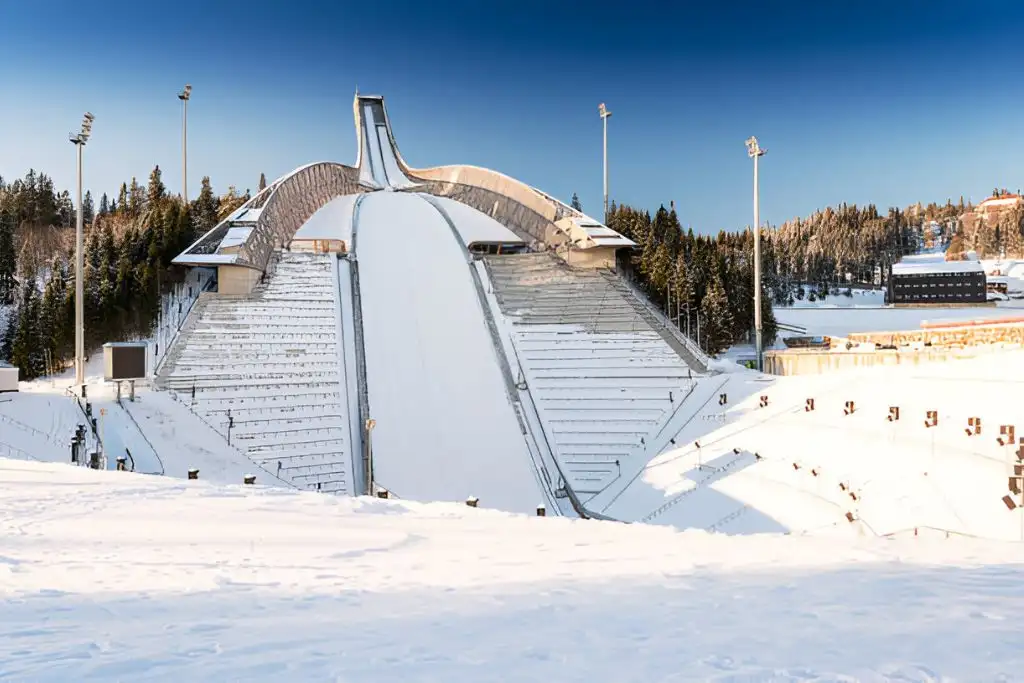
Holmenkollen Ski Jump
The Holmenkollen Ski Jump is a must-see for panoramic views and its ski museum. Visitors can ride to the top of the jump tower or enjoy thrilling activities like zip-lining. The area also offers hiking, biking, and skiing trails.
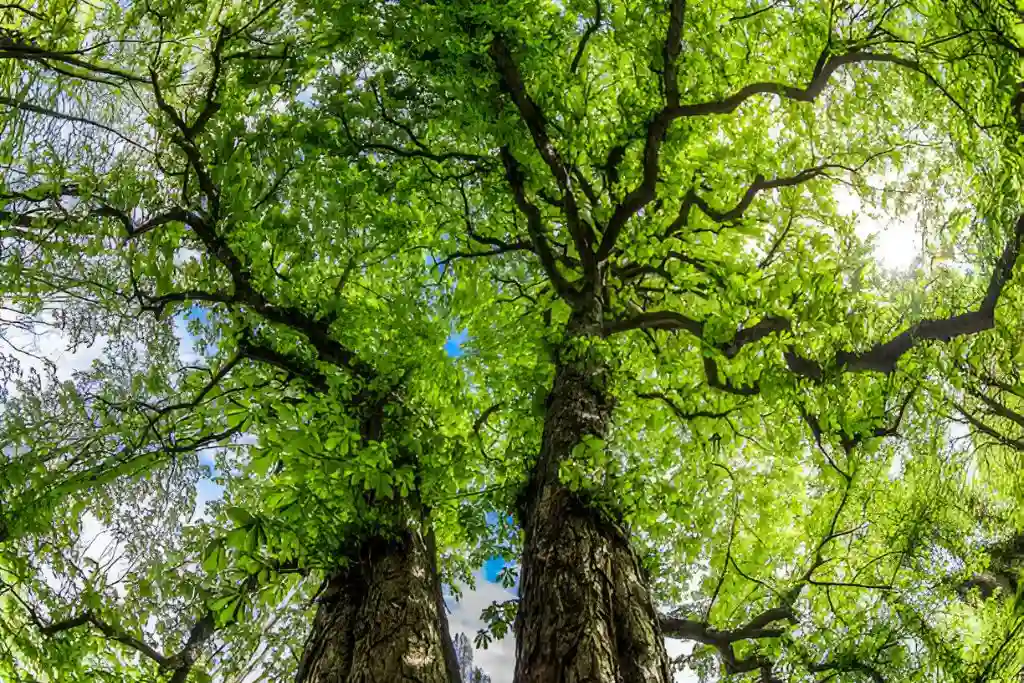
Botanical Garden (Botanisk Hage)
Oslo’s Botanical Garden spans 150 acres and features over 5,500 plant species. It includes themed gardens, tropical greenhouses, and a Scent Garden designed for the visually impaired. Entry is free, making it a serene spot for nature lovers.
Embrace Nature In Oslo: Parks And Waterfronts
Oslo offers many green spaces and scenic waterfronts for visitors to enjoy. These areas provide a perfect blend of natural beauty and urban amenities.
Ekebergparken Sculpture Park
Ekebergparken is a unique outdoor attraction that combines art and nature. The park sits on a hill overlooking Oslo, giving visitors stunning views of the city and fjord. The park features over 40 sculptures by famous artists from around the world. Visitors can explore the art installations while walking through beautiful forest trails. Ekebergparken is open year-round and free to visit. Guided tours are available for those who want to learn more about the artwork and history of the area. The park also has a restaurant with panoramic views, making it a great spot for a meal or coffee break while enjoying nature.
Savor Oslo’s Culinary Delights
Oslo’s food scene offers a mix of traditional Norwegian flavors and modern cuisine. Visitors can taste local specialties and international dishes in the city’s markets and eateries.
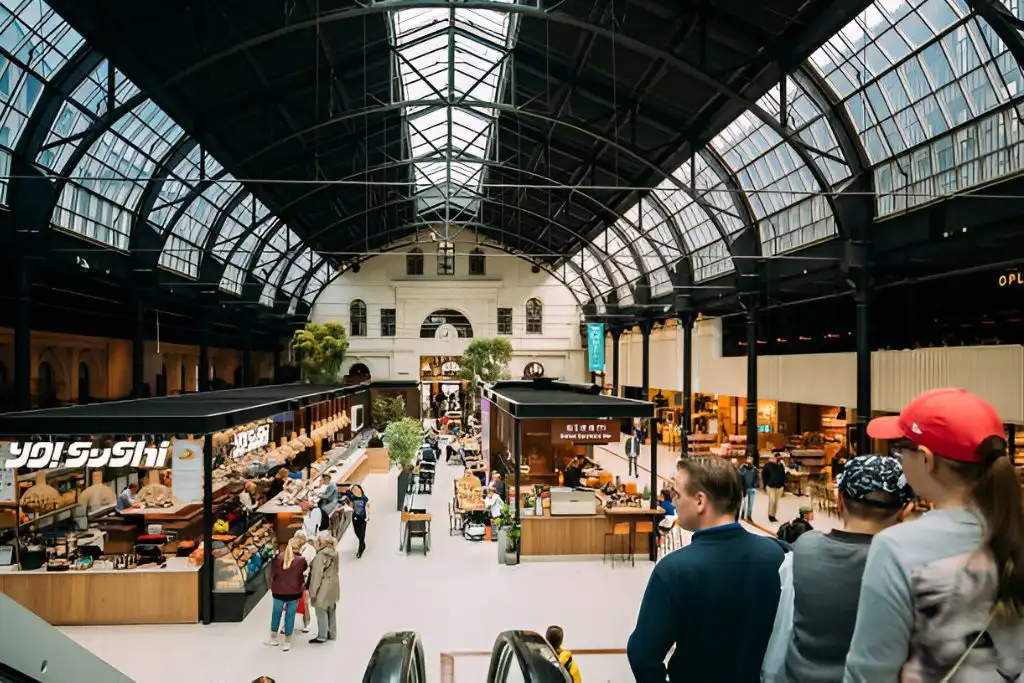
Mathallen Food Hall
Mathallen Food Hall is a must-visit for food lovers in Oslo, offering over 30 vendors selling fresh produce, meats, cheeses, and prepared foods. Visitors can sample Norwegian delicacies like fårikål and enjoy international cuisines, from Spanish tapas to Asian street food. The lively market hosts cooking classes and events, with communal seating perfect for enjoying a meal or picking up picnic ingredients. It’s an ideal spot for a flavorful lunch in the heart of the city.
Experiencing Norwegian Cuisine In Oslo
Oslo offers many chances to try traditional Norwegian dishes, including game meats like moose, reindeer, and deer, available year-round. Popular dishes to taste include fårikål (mutton stew), kjøttkaker (meatballs), lutefisk, rakfisk, and brunost (brown cheese). During Christmas, festive foods are widely served, and the Oslo Pass offers dining discounts at select restaurants. For a unique experience, try a food tour like the 5-hour Riverwalk and Norwegian Food Tasting tour or explore outdoor markets for local products.
Shop In Oslo: From Boutiques To Street Markets
Oslo offers a diverse shopping experience, from high-end boutiques to bustling street markets. Visitors can explore trendy neighborhoods, find unique Norwegian designs, and sample local foods.
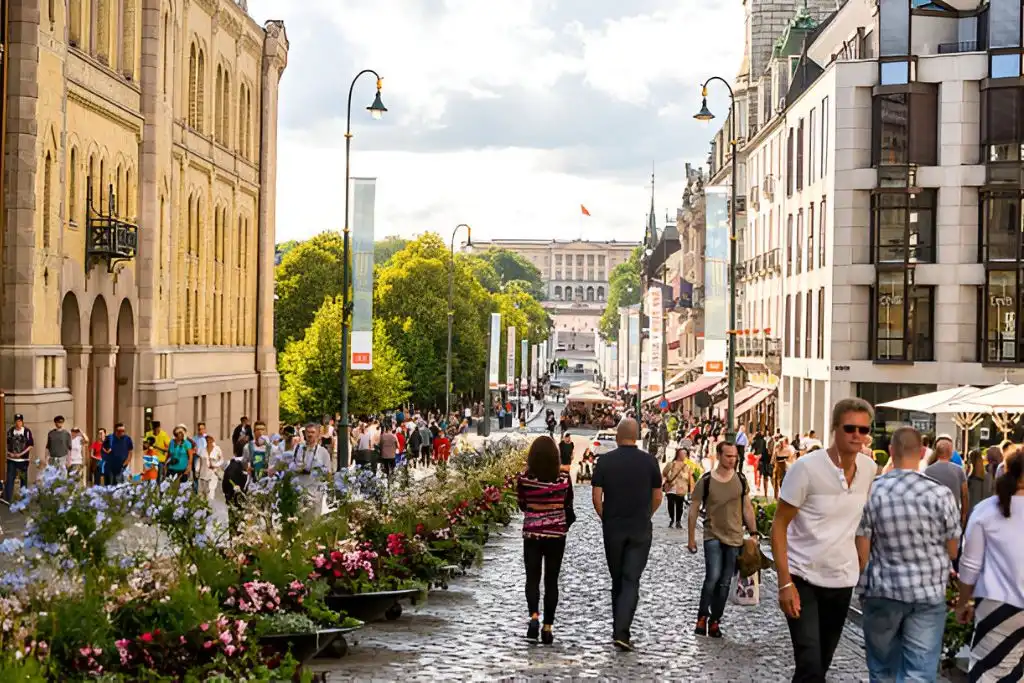
Karl Johans Gate
Karl Johans Gate is Oslo’s main shopping street, stretching from Oslo Central Station to the Royal Palace. It features a mix of international brands, local shops, and department stores like Steen & Strøm, alongside street performers and plenty of cafés for a break.
Grünerløkka District
Grünerløkka is Oslo’s trendy neighborhood, known for vintage shops, independent boutiques, and art galleries. It has a bohemian vibe with weekend flea markets and plenty of coffee shops and bars for relaxing between shopping.
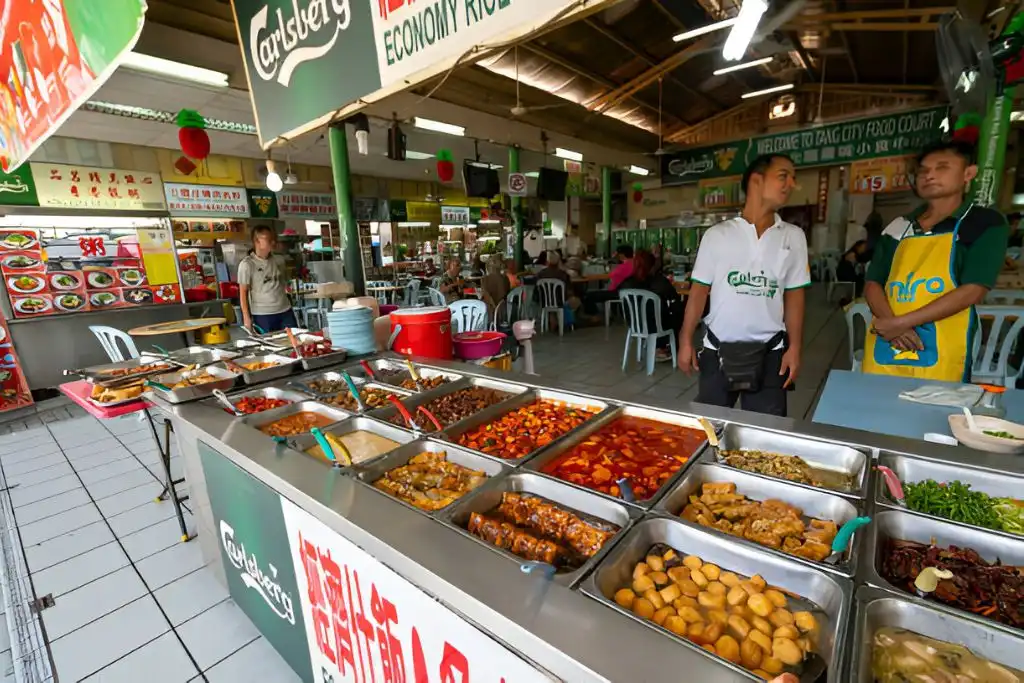
Vippa Food Market
Vippa is a popular food hall in an old warehouse, offering international cuisines like Syrian, Vietnamese, and Italian. It’s a laid-back spot where visitors can sample global dishes and local Norwegian specialties in a community-focused setting.
Aker Brygge
Aker Brygge is a waterfront district known for upscale shopping and outdoor dining. With over 60 stores and restaurants offering terrace views of the Oslo Fjord, it’s a bustling spot year-round, especially popular for ice cream and people-watching in summer.
The Best Shopping Experiences In Oslo
Oslo offers diverse shopping experiences. Bogstadveien in Majorstuen is popular for fashion boutiques, while Karl Johans gate is ideal for luxury brands. For a hip vibe, visit Grünerløkka for vintage clothing and art. Oslo City Shopping Centre features over 90 stores, and the Viking Ship Museum gift shop is perfect for local crafts and souvenirs. Aker Brygge combines shopping with fjord views, and Vestkanttorvet flea market offers antiques every Saturday. Book lovers should check out Tronsmo Bookstore. Oslo caters to all shopping tastes and budgets.
Enjoy Oslo’s Vibrant Nightlife
Oslo offers exciting nightlife options for visitors. The city’s clubs and bars cater to different tastes and styles of entertainment.
Blå
Blå is a popular nightlife spot in Oslo’s trendy Grünerløkka district, known for its diverse live music, from jazz to electronic. With a 4.4 rating, it attracts both locals and tourists. Located at Brenneriveien 9C, the venue offers a lively, welcoming atmosphere and hosts a mix of rising stars and established artists. It can get crowded on weekends, so arriving early is recommended.
Nightlife In Oslo: Where To Go And What To Expect
Oslo’s nightlife offers a variety of options. The Villa is a popular underground club for house and techno music, while Blå in Grünerløkka hosts live jazz and electronic performances. Beer lovers should visit Crow Bar & Brewery, Oslo’s largest brewery pub, and for something different, Tilt offers drinks alongside arcade games and pinball. Most clubs open around 11 PM and close at 3 AM, with high drink prices, so budget accordingly. Dress nicely, as many places have dress codes. Oslo’s nightlife is safe, but always stay aware and drink responsibly.
Outdoor Activities In And Around Oslo
Oslo offers many exciting outdoor activities. The city’s natural setting provides options for hiking, skiing, boat tours, and island hopping.
Hiking
Oslo offers excellent hiking trails close to the city center, with Nordmarka forest being a popular choice for all skill levels. For a shorter hike, Sognsvann Lake is perfect, taking about an hour to complete. For more challenging hikes, head to Vettakollen or Kolsåstoppen for stunning views of the fjords. Always pack water, snacks, and a light jacket, as the weather can change quickly.
Skiing
Winter in Oslo is ideal for skiing, with Oslo Winter Park just 30 minutes away, offering 18 slopes for all levels. Cross-country skiing is also popular, with over 2,600 km of trails in Nordmarka. You can rent equipment in the city and explore ski history at the Holmenkollen Ski Museum.
Boat Tours
Being at the head of the Oslofjord, boat tours are a must. Fjord sightseeing cruises, lasting about two hours, offer views of small islands and coastal homes. For a unique experience, try a sailing trip on a wooden boat, where you can even assist with sailing tasks.
Island Hopping
Explore the Oslofjord islands using the public ferry system. Visit Hovedøya for its 12th-century monastery ruins, Gressholmen for birdwatching, or Langøyene for camping and swimming. Most islands are car-free, perfect for walking and cycling.
Active Adventures In Oslo For Outdoor Lovers
Oslo is a haven for nature lovers with its stunning fjords, forests, and outdoor activities. Hiking the Oslo Nature Walks offers breathtaking views, while kayaking in the Oslofjord provides a unique perspective of the city. In winter, skiing and snowboarding are popular, with Holmenkollen offering year-round activities. Cycling, exploring the Oslo islands, and visiting parks like Vigeland Park are great ways to enjoy the outdoors. For climbers, both indoor and outdoor rock climbing opportunities are available.
Take A Day Trip From Oslo
Oslo’s surroundings offer exciting destinations for short excursions. Visitors can explore historic sites, scenic landscapes, and charming towns within easy reach of the city.
Bygdøy Peninsula
Bygdøy Peninsula, west of Oslo’s city center, is home to several museums showcasing Norway’s history, including the Viking Ship Museum, Fram Museum, and the Norwegian Folk Museum. Nature lovers can enjoy beaches and walking trails, offering a peaceful escape from the city.
Holmenkollen Ski Jump
The iconic Holmenkollen Ski Jump offers panoramic views of Oslo and a ski museum highlighting 4,000 years of skiing history. Visitors can enjoy the observation deck, try the ski simulator, or explore the surrounding forests in summer.
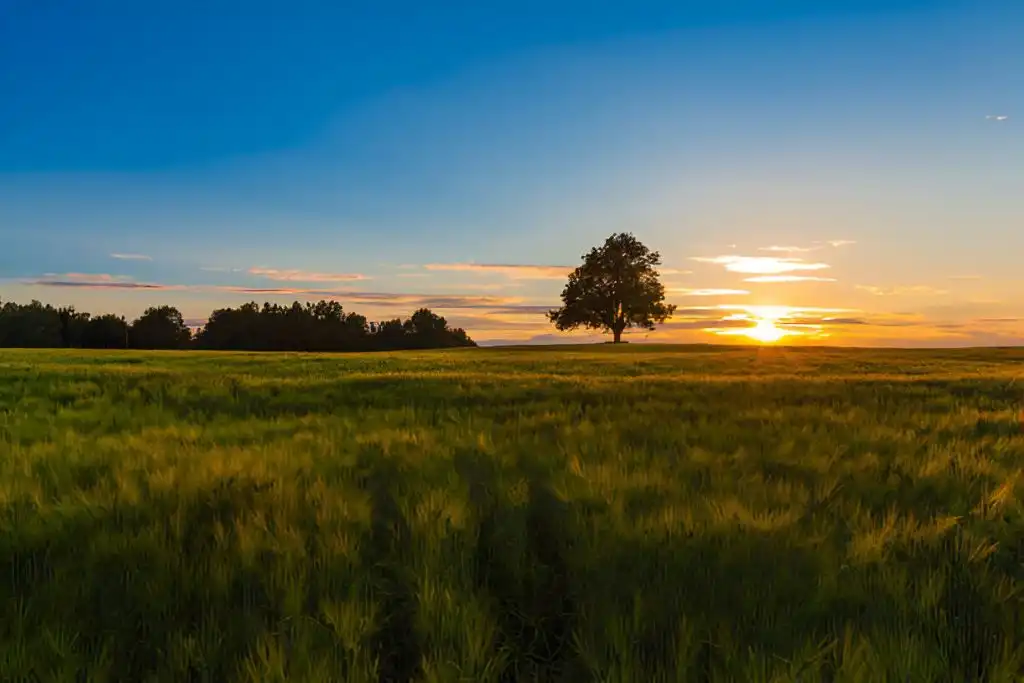
Drøbak
Drøbak, a charming coastal town south of Oslo, is known for its wooden houses and harbor. Visitors can explore Santa’s House, local art galleries, seafood restaurants, and Oscarsborg Fortress, a historic WWII site.
Fredrikstad
Fredrikstad, about an hour from Oslo, features Gamlebyen, a well-preserved 16th-century old town. The city’s modern center has shops and cafes, while nearby islands and beaches offer great hiking and biking opportunities.
Day Trips From Oslo: Hidden Gems Nearby
Oslo’s location on the Scandinavian Peninsula makes it easy to access nearby treasures. Son is a coastal town just an hour away, perfect for beachgoers and kayaking. Kongsberg, known for its silver mining history, offers tours of old mine shafts 90 km west of Oslo. Nature lovers can explore hiking trails and views around the Oslo Fjord region, just an hour from the city. For a longer trip, the stunning fjords of western Norway are worth the extra travel. Or, head to Karlstad, Sweden, about three hours away, for a taste of Swedish culture.
Popular Day Trip Destinations:
- Son (coastal charm)
- Kongsberg (mining history)
- Oslo Fjord (nature and hiking)
- Western Norway fjords (scenic landscapes)
- Karlstad, Sweden (cross-border experience)
These trips showcase the diverse beauty of the Scandinavian Peninsula, from Norway’s rugged coasts to Sweden’s serene lakes.
Frequently Asked Questions
What are the top attractions to visit in Oslo for first-time visitors?
First-time visitors should explore the Viking Ship Museum to see well-preserved Viking ships and visit the stunning Oslo Opera House. Don’t miss Frogner Park, home to 212 unique sculptures by Gustav Vigeland, perfect for a stroll or picnic.
How can I explore Oslo’s cultural sites in a single day?
Start at the National Museum for famous artworks, then head to the Nobel Peace Center. Visit the Munch Museum for Edvard Munch’s works, and end with a walk around the Aker Brygge waterfront for dinner and views.
Which activities are recommended for experiencing Oslo during the wintertime?
Winter in Oslo is ideal for skiing at Oslo Winter Park or ice skating at Spikersuppa rink. Indoors, visit the Holmenkollen Ski Museum or enjoy a concert at the Oslo Concert Hall. Don’t miss the festive Christmas markets in December.
Are there any unique local experiences to seek out in Oslo?
Take a ferry to the Oslofjord islands for hiking and swimming, or enjoy a traditional Norwegian sauna at SALT, followed by a dip in the fjord.
Can you suggest some budget-friendly activities to do in Oslo?
Many museums offer free entry on certain days. Vigeland Sculpture Park and Ekebergparken Sculpture Park are free to explore, with the latter offering great views of the city.
What are some family-friendly things to do when visiting Oslo with children?
Visit the Norwegian Museum of Science and Technology for interactive exhibits, or the International Museum of Children’s Art. The Royal Palace and its surrounding park are great for families, with a changing of the guard ceremony kids will enjoy.

